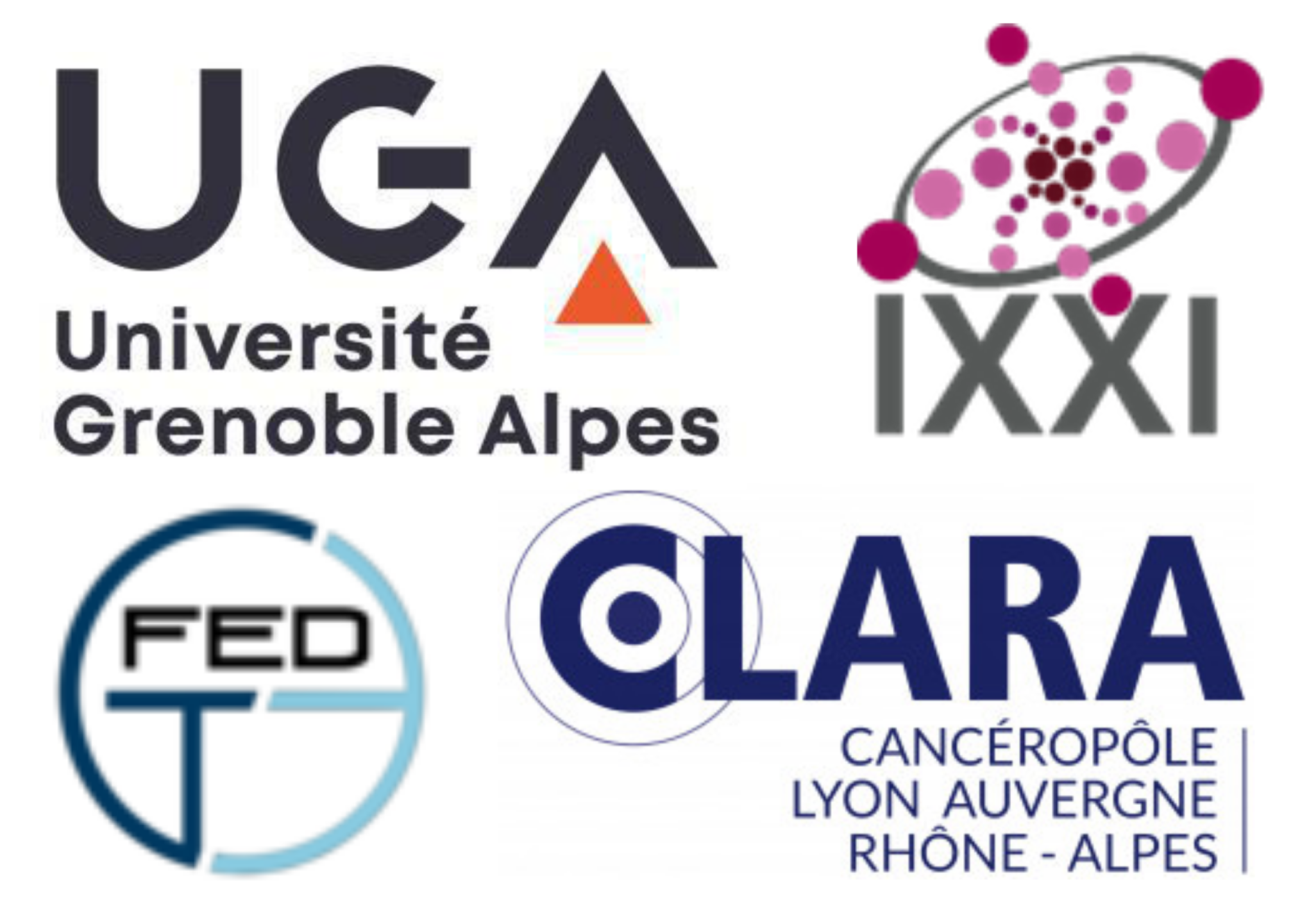The nuclear pore (NPC) is probably the largest multi-protein complex in eukaryotic cells. It exhibits a cylindrical architecture (8-symmetry structure) around a central channel filled with hydrophobic, unstructured proteins. Passage through the nuclear pore enables proteins and RNAs to be transported selectively and directionally between the nucleus and the cytoplasm of cells. [1]. To give an order of magnitude, there are several thousand pores in the nuclear membrane of a human cell nucleus, transporting hundreds of molecules per second per pore. The nuclear pore plays a critical role in regulating gene expression, and it is easy to understand why its dysfunction is implicated in many diseases, from viral infections to cancers [2] and neurodegenerative diseases.
Several techniques such as cryoEM [3], AFM [4] and optical super-resolution [5] have been successfully used in the recent years to visualize and characterize the nuclear pores in vitro. In most cases, these studies have been carried out using nuclear envelopes, opened and spread out on a surface. It was shown that the nuclear pore complex dilates and constricts following external cues (energy depletion, osmotic stress, forces) [3,4] and developmental stages [5].
Here, we propose to use an innovative approach, developed in our team, involving AFM imaging to visualize, at the single complex level, the nuclear pores of whole nuclei isolated and purified from mammalian cells. We combine AFM imaging of nuclear envelope of those nuclei in liquid environment with image analysis to measure the nuclear pore complex internal diameter distribution in various physiological conditions. We are also developing nano-indentation tools to probe the mechanical properties of the different parts of the nuclear pore on the nuclear envelope.
We will also present our first results on the interaction of viral capsids with nuclear pores as observed by AFM imaging, a step towards bottom-up reconstitution of nucleus viral import at the single capsid level.
[1] The Nuclear Pore Complex and Nuclear Transport. Wente, S.R. & Rout, M.P., Cold Spring Harbor perspectives in biology (2010)
[2] Cancer and the Nuclear Pore Complex, Simon D.N. & Rout M.P., in Cancer Biology and the Nuclear Envelope, Springer Ed. (2014)
[3] Nuclear pores dilate and constrict in cellulo. Zimmerli, C. E. et al.. Science 374, (2021).
[4] Structural variability of nuclear pore complexes. Stanley G.J., Fassati A., Hoogenboom B.W., Life Science Alliance Aug 1 (2018)
[5] Nuclear pore complex plasticity during developmental process as revealed by super-resolution microscopy. Sellès, J. et al. Sci. Rep. 7, (2017).


 PDF version
PDF version
